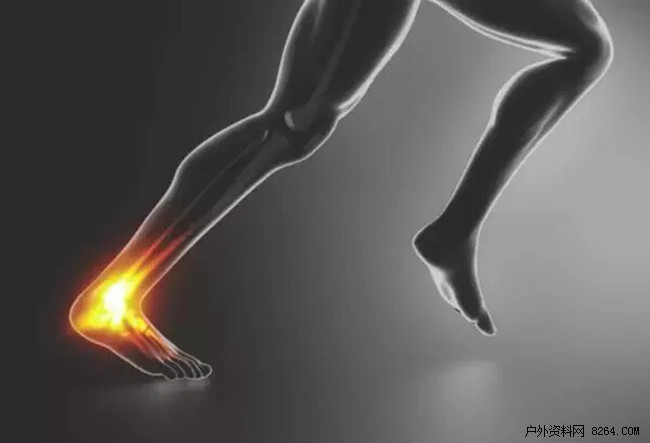
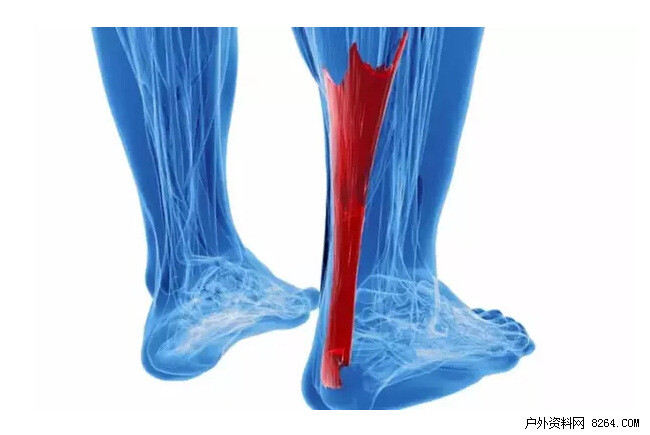
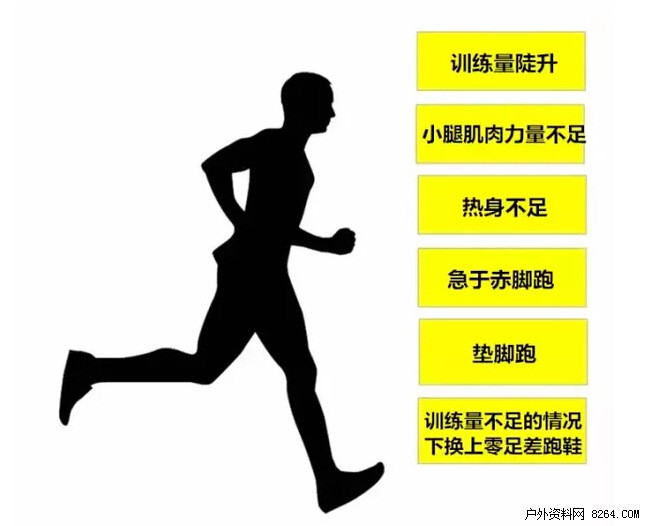
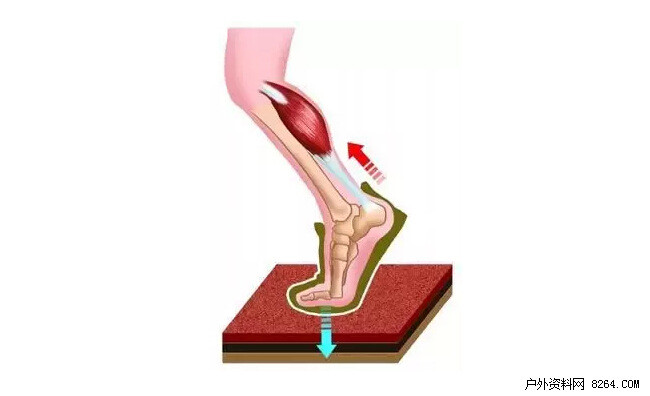

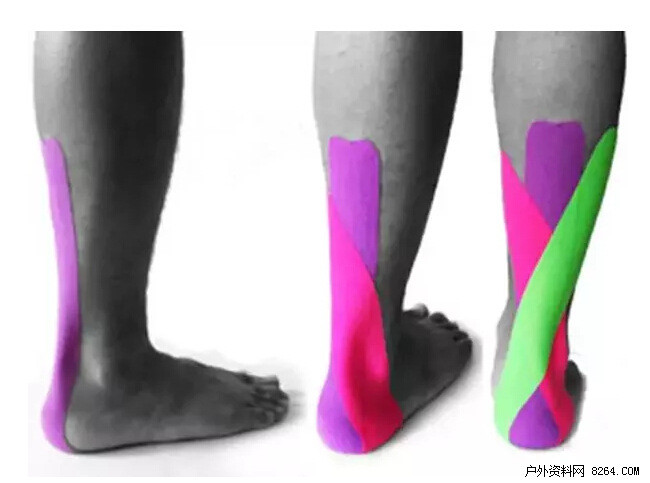

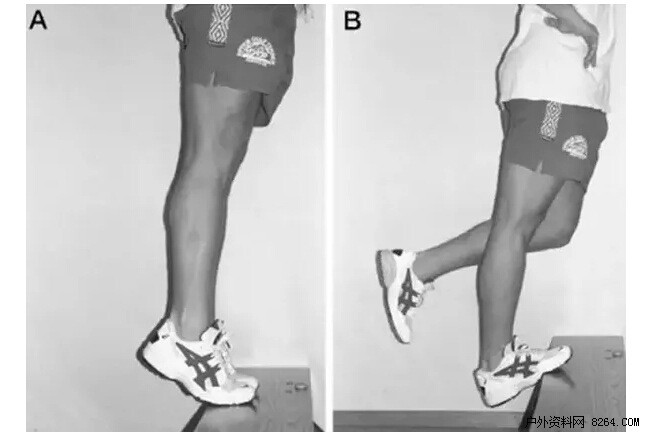
Wine box, usually refers to the box that holds bottled wine. Materials are: Wooden Box, leather box, metal box and paper box. Different shapes for shock and decoration.
Wine box, also known as red wine box, is usually called wine packaging box or red wine packaging box. As the name implies, it is the outer packaging of wine (red wine), which has the function of protecting red wine for convenient transportation and storage, and at the same time, it is beneficial to wine ( red wine).
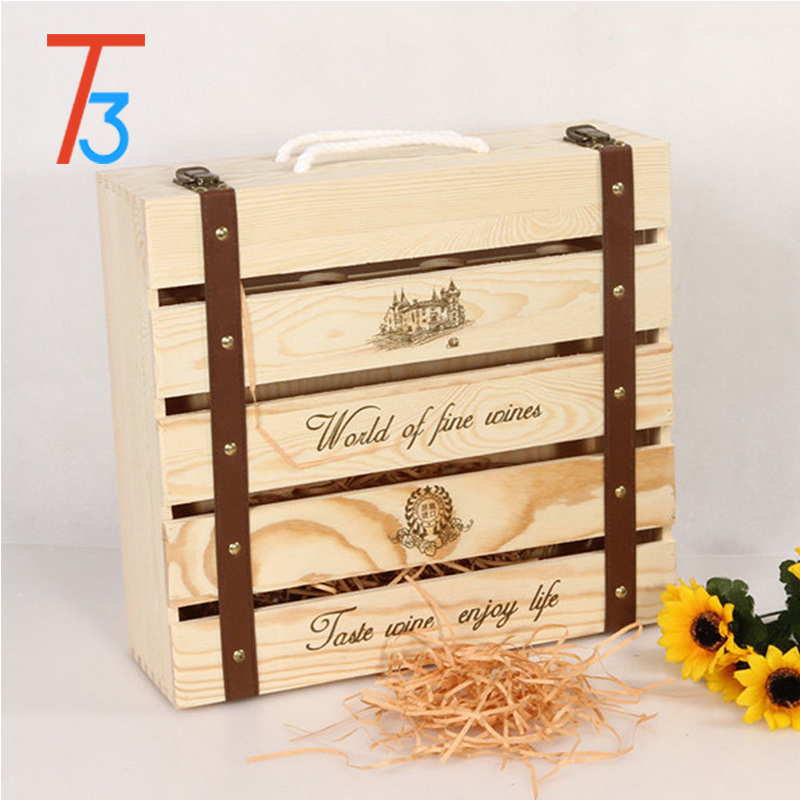
1. Wine wooden box (red wine wooden box)
Usually include log wine boxes (multi-purpose materials include pine, paulownia, etc.), imitation mahogany wine boxes (multi-purpose materials include MDF, etc.), and the shapes are diverse and are mostly used for medium and high-end wine packaging.
2. Wine leather box (red wine leather box)
Most of the wine leather boxes (red wine leather boxes) are made of PU, PVC and other artificial leather. The leather packaging is more suitable for the characteristics of wine, and can be divided into single-pack, double-pack, four-pack and six-pack in terms of capacity.
3. Metal wine box (metal wine box)
There are few metal wine boxes in the market and are not widely used. Most of them are made of aluminum alloy, iron, and other alloys.
4. Wine carton (red wine carton)
Wine cartons are mostly made of cardboard, corrugated paper, special paper, etc. Since the raw materials are paper, which is convenient for secondary recycling, the shape can be diversified, and other processes are convenient, so wine cartons are widely used in wine packaging.
Wood Wine Box,Wine Sotrage Box,Custom Logo Wine Box,Wine Bottle Box,Wine Gift Packaging Box,Wine Bottle Box
Jinan Tri-Tiger Technology Development Co., Ltd , https://www.tigerwoodproduct.com